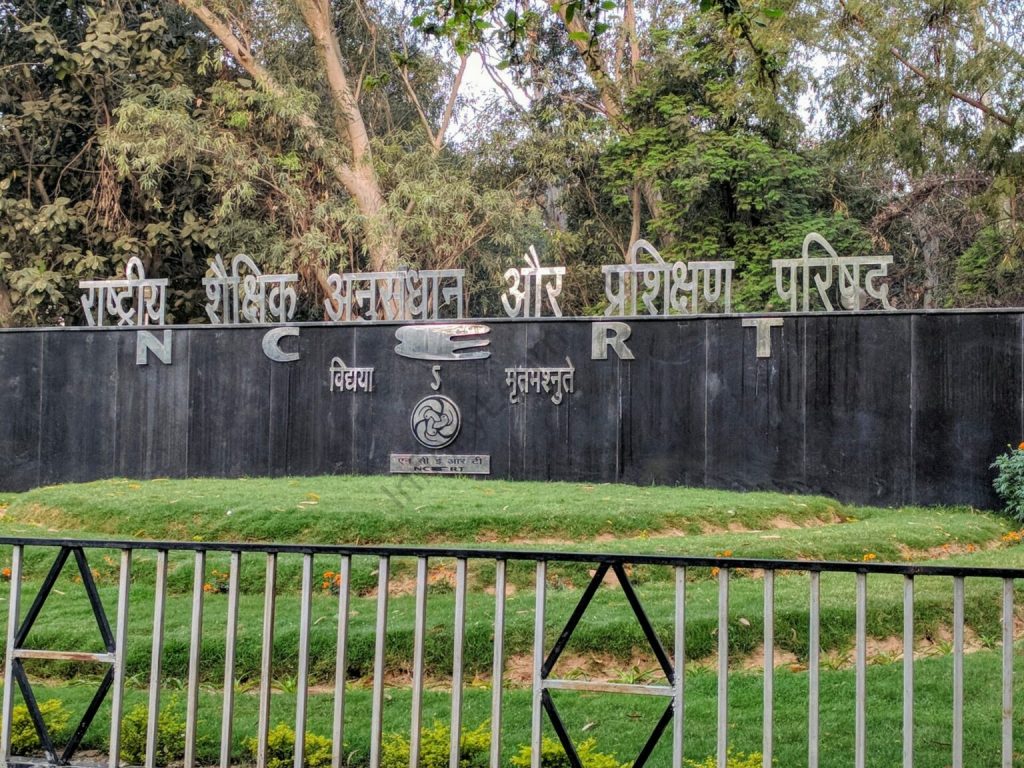Reconstructing history has always been dogged by controversies. It could be because writers of history often tend to care more for the interests of the powers that be than truth and accuracy. As such their work gets coloured by the pride and prejudice of the political and administrative establishment of the day. When it comes to education and teaching, the matter becomes even worse. The educators or rather those in charge of formulating education policies and writing of textbooks bend over backwards to please their political masters. In the process truth is sacrificed at the altar of politics and the minds of students are injected with falsehood or half-truths which are seriously damaging for the future generations.
This is how the latest controversy sparked by the revision of Class XII political science textbook by the National Council of Educational Research and Training (NCERT) can be explained. The new textbook has deleted and incorporated material facts in such a manner that offer a skewed understanding of contemporary history regarding the Babri Masjid demolition of 1992 and events preceding and following the assault on the structure. A poor attempt has been made to whitewash and distort history. It has removed Babri Masjid’s name and has called it a “three-dome structure.” This could be labeled a travesty of truth. The intent seems to erase from the budding, impressionistic minds of the country’s children the true historical position that existed on this sub continent at that time. The name could be anathema to some folks from the majority community but that should not distort history. The revised textbook has also cut down the Ayodhya section from four to two pages and deleted multiple references of the mosque’s demolition.
Some of the significant details of the Ayodhya episode that were deleted include the LK Advani-led BJP’s Rath Yatra to mobilise supporters for the Ram Janmabhoomi movement, Kar Sevaks’ crucial role in bringing down the Babri Masjid, communal riots in the aftermath of the mosque’s demolition, President’s rule in BJP-ruled states, and the BJP’s “regret over the happenings in Ayodhya.”
The development comes in the wake of the BJP’s debacle in Ayodhya in particular and UP in general in the just concluded Lok Sabha polls. The BJP has failed to get a simple majority. The ruling party sought to make the consecration of Ram temple a major issue, while Prime Minister Narendra Modi repeatedly raked up Hindoo-Moslem divide. All these backfired and the BJP could not cross the 272 mark, forget the much tomtommed ‘400 paar.’
The reaction of the NCERT director Dinesh Prasad Saklani to criticism of the new text is indeed laughable. He has said that references to Gujarat riots engineered by Hindoo zealots when Modi was the state’s Chief Minister, and Babri masjid demolition were modified in school textbooks because teaching about riots “can create violent and depressed citizens.” By deleting them, he contended, the NCERT wants to “create positive citizens.” He went to the length of saying that such knowledge needs to be kept beyond the pale of school students and they can learn about it all “when they grow up.”
This runs counter to the purpose of teaching history since facts are partially revealed and the learners are imparted distorted knowledge. The whole exercise appears to be geared to projecting the work of one tall BJP leader to the exclusion of other towering leaders of the party and the RSS who gave a boost to the Ram temple movement. This alone explains why the Supreme Court’s controversial verdict on settling the temple-mosque dispute has been given prominence and important events preceding it are dropped from the new version.
The internal dissension in the Sangh Parivar has immediately come to the fore with the chief priest of Ram temple Satyendra Das Maharaj expressing his disapproval of the omission. He said the textbook does not mention how the “three-domed structure” was removed on December 6, 1992, but only narrates the issue from November 9, 2019, when the Ayodhya verdict was given. “If they (NCERT) do not mention how on December 22, 1949, Ram Lalla appeared there and His puja started, how can anyone get a minimum understanding of the entire history of the Ayodhya movement?” It is a valid question from the Sangh Parivar’s point of view.
The NCERT, it seems, is caught in its own game of placating its political boss rather than remaining faithful to facts and history. It should refrain from politicising education and falsifying history.
